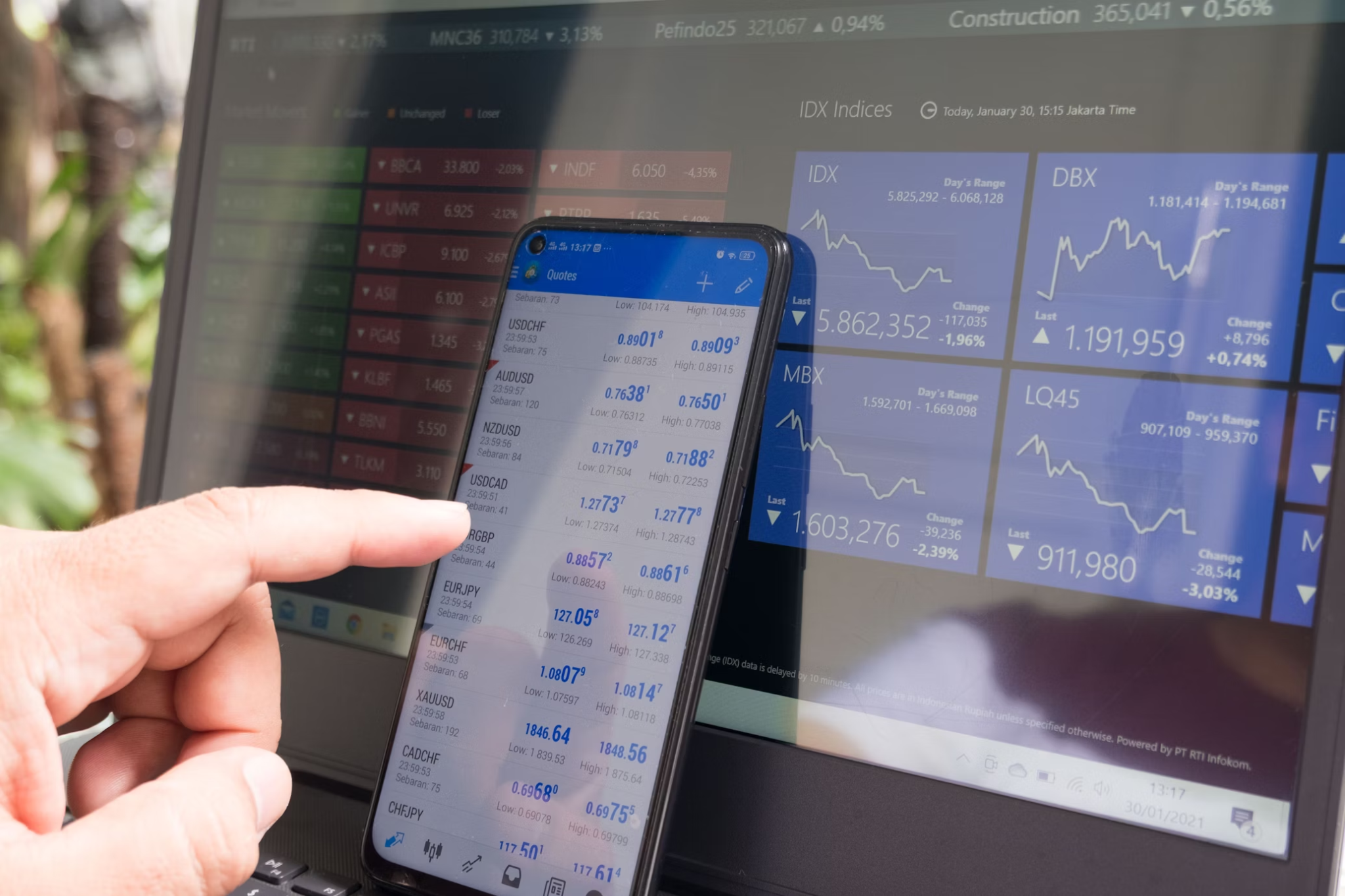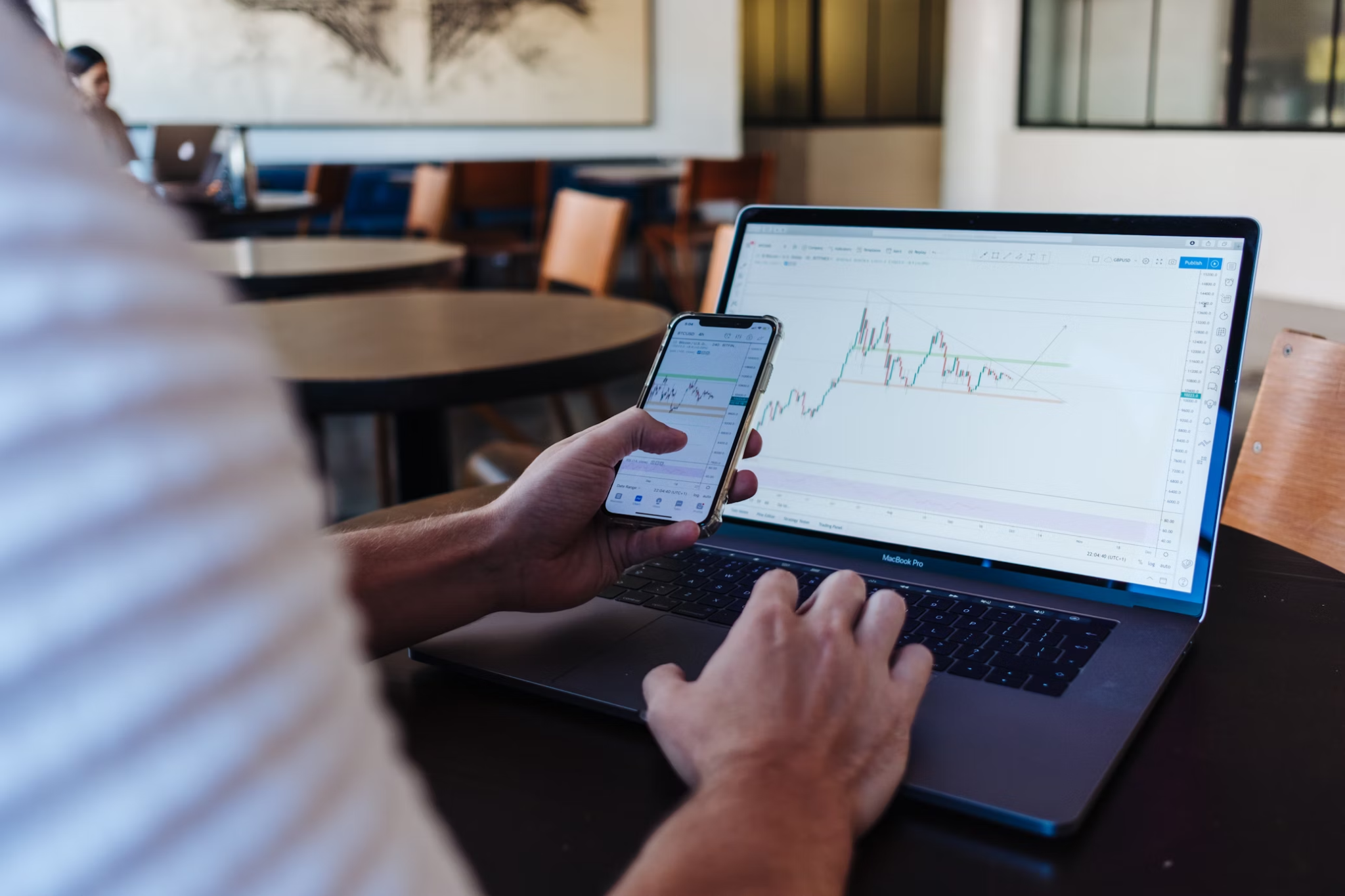Success doesn’t come by chance in forex dealing. It’s the result of meticulous planning, disciplined execution, and continuous refinement of strategies. Whether you’re a novice trader or an experienced investor, having a well-defined plan is essential for navigating the volatile currency markets and achieving long-term profitability. In this article, we’ll explore the key components of building a profitable forex trading plan, from strategy development to execution.
Define Your Goals and Risk Tolerance
Before diving into the forex market, it’s crucial to establish clear and realistic dealing goals. Ask yourself: What do I aim to achieve? Whether your goal is to generate supplemental income, build wealth, or achieve financial independence through online forex trading, defining your objectives will guide your decisions and help you stay focused amidst market fluctuations.
Additionally, assess your risk tolerance level to determine how much capital you’re willing to risk on each trade. Understanding your risk appetite will influence your position sizing, stop-loss placement, and overall risk management strategy.
Develop a Robust Trading Strategy
A profitable forex dealing plan begins with a well-defined trading strategy tailored to your goals and risk profile. It should outline the criteria for entering and exiting trades, including:
- Technical Indicators: Identify key technical indicators, such as moving averages, Fibonacci retracements, and support/resistance levels, to support your dealing decisions.
- Fundamental Analysis: Consider economic indicators, geopolitical events, and central bank policies to gauge currency strength and market sentiment.
- Risk Management Rules: Implement risk management rules, such as setting stop-loss and take-profit levels, to protect your capital and minimize losses.
Backtest Your Strategy
Once you’ve developed your dealing strategy, it’s essential to backtest it using historical data to assess its effectiveness and profitability. Backtesting involves applying your strategy to past market conditions to simulate trading performance and identify potential strengths and weaknesses. By analyzing past trades and performance metrics on MT4, you can refine your strategy, optimize parameters, and try to improve its overall robustness before deploying it in live trading.
Establish Trading Rules and Guidelines
A successful forex trading plan should include clear and concise dealing rules and guidelines to govern your investment activities. Define specific entry and exit criteria, risk management parameters, and trade execution protocols to maintain consistency and discipline in your approaches. Having a set of predefined rules will help you avoid impulsive and emotional decisions, which can lead to costly mistakes and losses.
Implement Risk Management Measures
Effective risk management is paramount to long-term success in forex trading. Determine your maximum risk per trade, typically expressed as a percentage of your dealing capital, and adhere to strict risk management rules to protect your account from catastrophic losses. Utilize stop-loss orders to limit downside risk and preserve capital, and consider employing position sizing techniques, such as the Kelly Criterion or fixed fractional method, to optimize risk-adjusted returns.
Monitor and Evaluate Your Performance
Continuous monitoring and evaluation of your dealing performance are essential to identify areas for improvement and refine your trading plan over time. Keep detailed records of your trades, including entry and exit points, trade duration, and outcome, to analyze your performance objectively. Review your investment journal regularly to identify patterns, trends, and recurring mistakes, and use this feedback to adjust your strategy, refine your approach, and enhance your skills.
Stay Disciplined and Adaptive
Maintaining discipline and resilience in the face of market volatility and adversity is key to success in forex trading. Stick to your dealing plan, follow your predefined rules and guidelines, and resist the temptation to deviate from your strategy based on emotions or short-term fluctuations. Stay adaptive and open-minded, continuously learn from your experiences, and be willing to adjust your approach as market conditions evolve.
Concluding Remarks
Success in forex trading hinges on a well-crafted and rigorously followed dealing plan. It involves careful planning and a disciplined approach to both strategy development and risk management. Through such meticulous preparation, traders can adeptly handle the intricacies of the FX market.
Ultimately, enduring success goes beyond mere short-term gains, requiring a persistent commitment to strategic, risk-conscious dealing. Patience and perseverance, coupled with a steadfast adherence to a structured plan, are crucial in harnessing the opportunities of forex trading and achieving lasting financial success.

